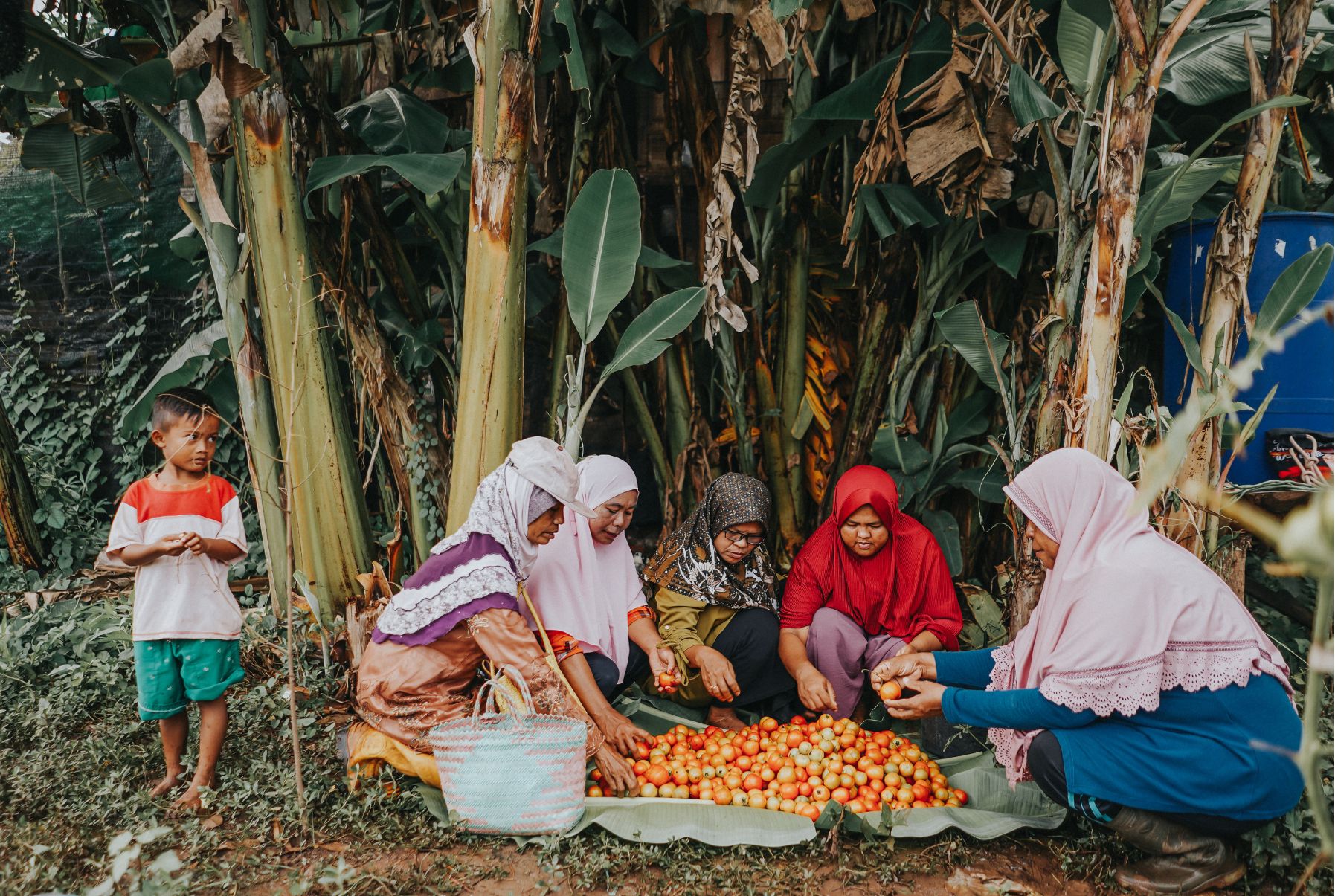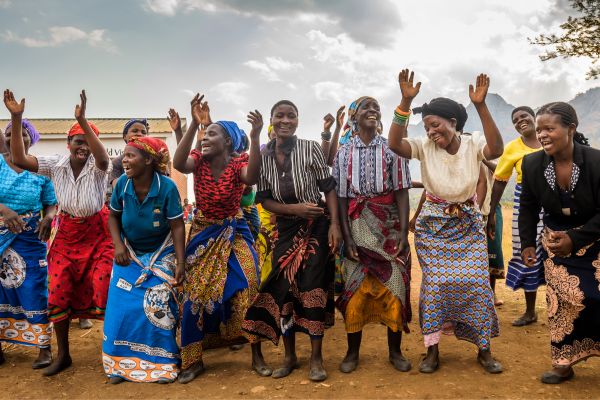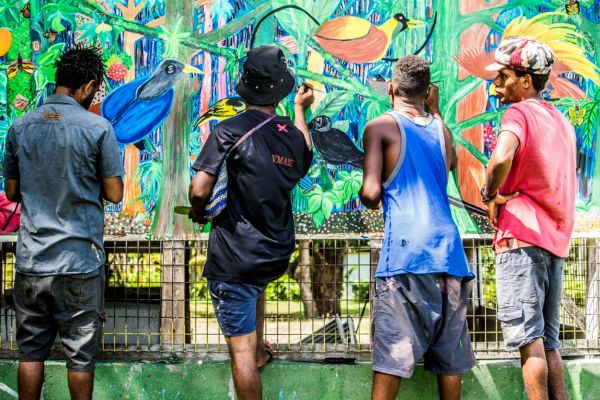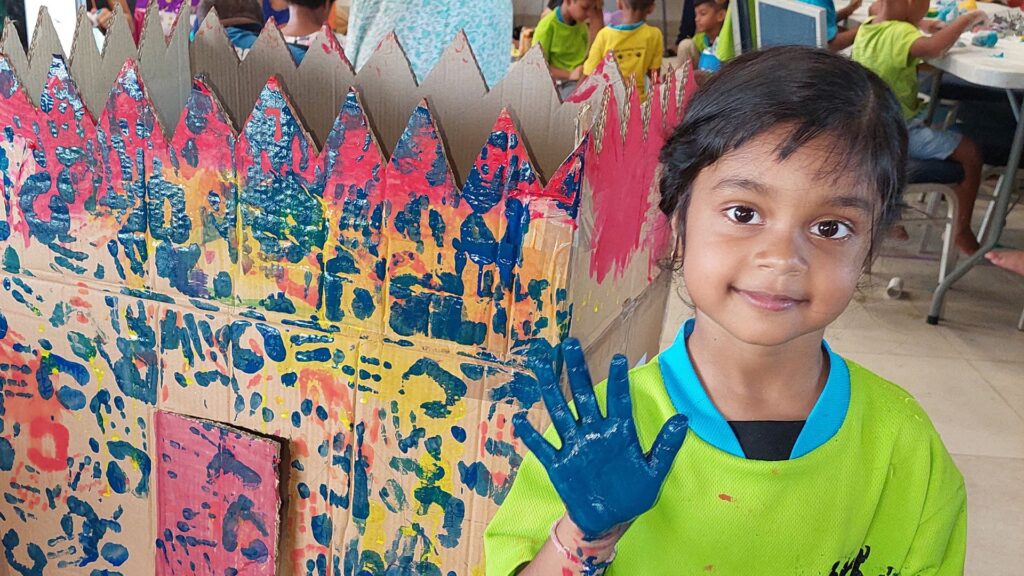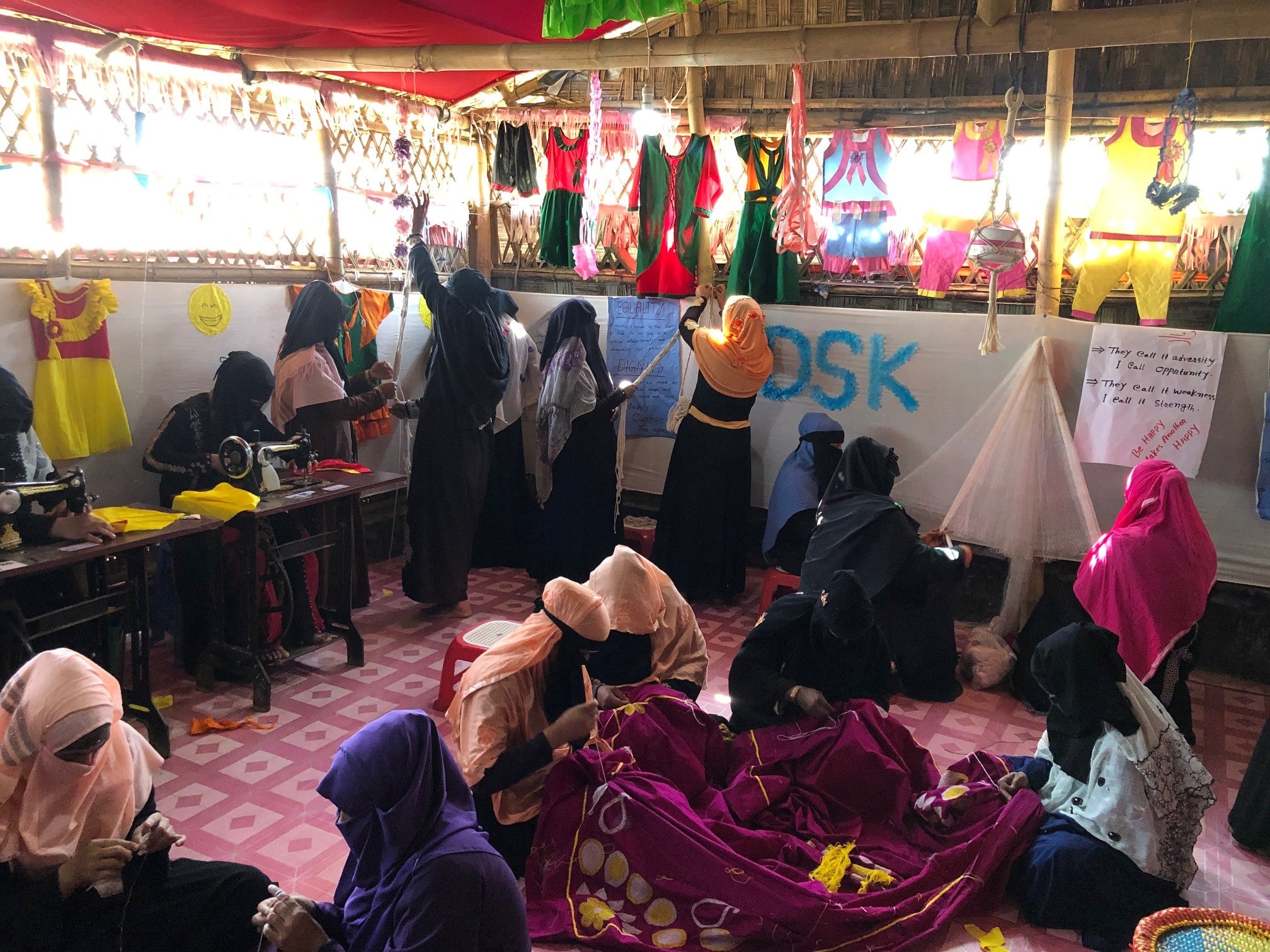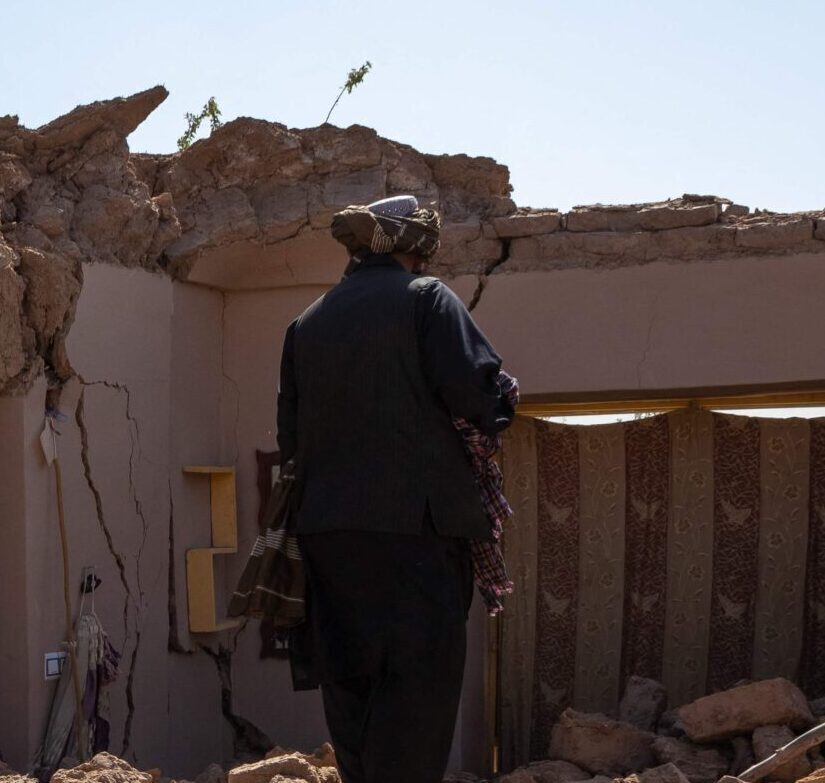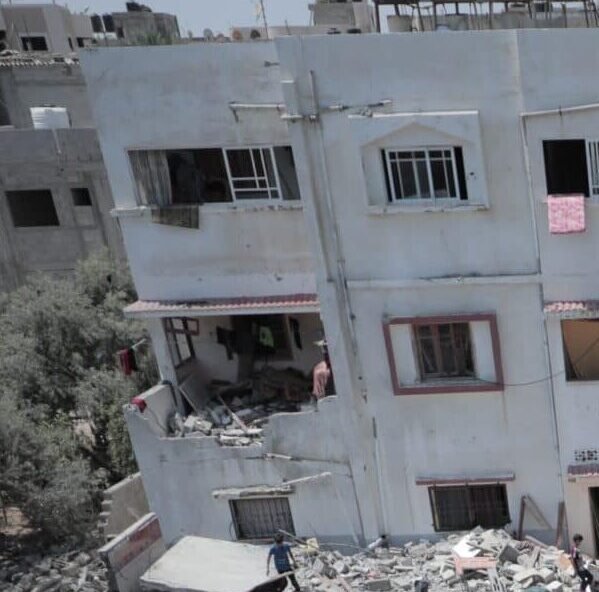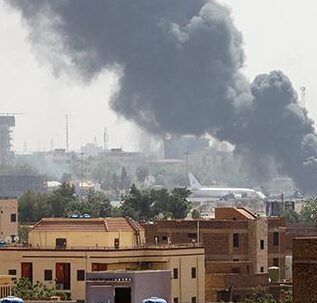Last week marked six years since the mass displacement of Rohingyas from Rakhine state in Myanmar.
According to the United Nations, around 10,000 people were killed in an alleged genocidal operation, and more than 700,000 people fled to Bangladesh, adding to already large numbers of refugees there.
The anniversary is a timely reminder of a protracted crisis within our neighbourhood – one that I have come to know well.
In February I travelled to Cox’s Bazar, Bangladesh, as part of an NGO contingent to see for myself their work with local partners in providing assistance to the Rohingya people, most of whom arrived there after fleeing the brutal genocidal campaign by the Myanmar military in late 2017.
Cox’s Bazar is a paradox of a place: small strip of land between the sea and the Myanmar border, it is home to a long and beautiful beach, making it a top tourist destination. At the same time, it is home to an enormous refugee population. In total, around 943,000 refugees live there (according to October 2022 figures). To put that into context, this is twice the population of Canberra contained in a 13 square kilometre space.
The scale of the camp is beyond imagination. In fact, rather than a single camp, it is a system of 34 refugee camps, each with their own governance system and international coordination system. The camps felt like a micro economy of humanitarian agencies, with a logo on every common facility, and hundreds of children walking around with the tell-tale bright blue UNICEF backpacks.
The camps are densely populated. In straw hut households, one room is home to up to 11 family members. At one point, I walked down a path with these huts lining either side and thinking, none of them would survive a tropical cyclone. The thought of this is not far-fetched, as cyclones are a regular feature in the region, evidenced by Tropical Cyclone Mocha earlier this year. Over the past 20 years, 60 percent of the worldwide deaths caused by cyclones occurred in Bangladesh.
The Rohingya camps exemplifies the unlikely co-existence of hope and despair.
Within extreme restrictions on the Rohingya peoples’ fundamental rights to movement, and consequently their access to work and education and overall freedom, the humanitarian community has delivered remarkable programming and has fostered what seems to be a relative sense of stability in the camps.
Even in the knowledge that our group was being presented a largely sanitised and polished version of life in the camps, I was taken aback by the extent of order. Where toilet facilities had been built, each one was allocated to designated families with specific conditions around how many people were authorised to use it and maintain it. This is to promote the sense of ownership and reduce conflict over scarce resources.
Despite the ban on accessing employment, small scale self-reliance initiatives had participants graduating from being given a couple of chickens, to rearing many more and eventually being able to purchase a goat. Women were given safe spaces to receive training in handicraft production that would then be sold to vendors.
A solid waste management plant where camp residents would receive cash for work had an impressive organic and inorganic waste sorting system and had produced 1.8 tons of fertiliser from the organic waste to be used in restoring the environmental degradation caused by the camps.
Despite the impressive positive aspects, there are challenges that shouldn’t be ignored. We were told that humanitarian staff must leave the camps every day by 5pm. At nighttime, without proper security and support, a different law and order prevails. When we arrived, we had heard that a community leader had been killed just a few days before. We also heard about the increased violence and trafficking risks at night.
The unavoidable and oppressive truth as we visited great project after great project was that the potential of the programs being run in the camps is untapped. We knew this because the same interventions being run in nearby, non-refugee communities – known as the ‘host community’ – are doing far, far better. They are delivering multiple times the dividends and creating transformational change in gender equality, disability inclusion and economic empowerment.
The Bangladeshi government mandates that a percentage of investment to be directed to the host community impacted by the presence of the camps as well as refugee communities and this is in line with international refugee agreements. However, the potential for transformative humanitarian and development outcomes is unlikely, unless the political environment for the Rohingya is more permissive of assimilation and basic human rights.
This is something that weighed heavily on me, and the rest of the NGO delegation. We spent hours over lunches and dinners eating yellow dahl and rice dissecting the issue and trying to come up with solutions. What’s the solution? It is unfair to put more pressure on Bangladesh to solve this: it’s a country that already has more than its fair share of problems. Here, there is a solid role for middle- and high-income countries to play, in helping to find long-term solutions.
We talked about resettlement of Rohingya refugees to third countries. That would be a pretty good option for the international community to step up and support Bangladesh in a very practical way. We hope that the Australian Government will increase its commitment in the leadup to the Global Refugee Forum in December this year.
With a growing number of global crises, it will be hard to keep a spotlight on the Rohingya crisis. The critical international support that has gotten the camps to this point is dwindling. International commitments to fund the response are steadily declining and the World Food Programme has had to cut its food ration packs.
The Australian Government has steadily invested in this crisis since the mass influx through a number of key partners including the Australian Humanitarian Partnership, but the last tranche of funding finished in June and many local partners missed out on their projects being renewed. Without a strong ongoing commitment from donors to continue not only funding but exploring long term durable solutions to the plight of the Rohingya, a sense of hopelessness about the future threatens to blow out the candle of optimism that has gotten the response this far.
If international donorship, advocacy and support decreases now, we are at risk of dropping the upwards trajectory that has so far restored some semblance of dignity, livelihoods and security to people who have gone through unimaginable trauma. We must not abandon the Rohingya people now.

Natasha Chabbra
Natasha is the Humanitarian Policy and Advocacy Lead at ACFID.
